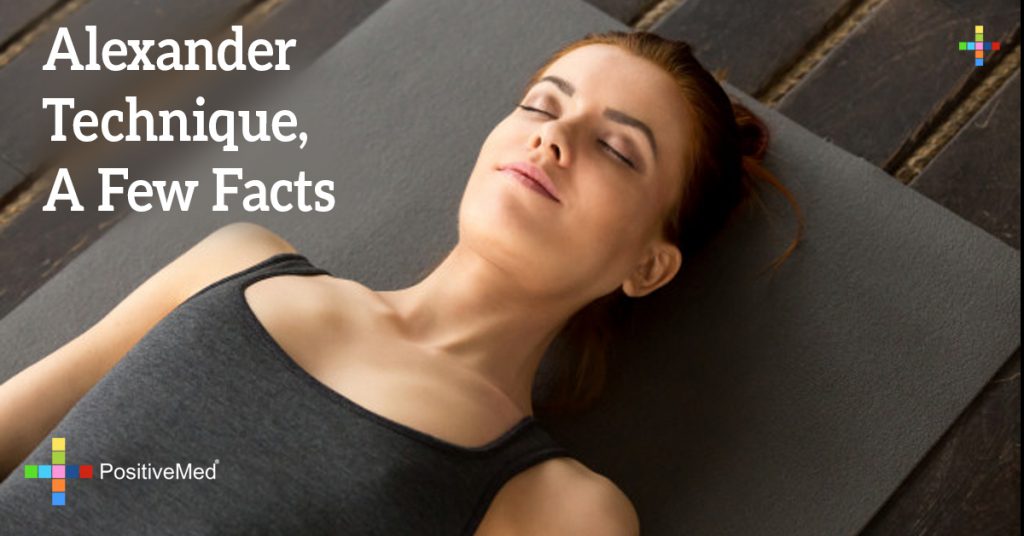
Alexander Technique, A Few Facts
By: Andres Carvajal
Edited By: Stephanie Dawson
Invented by Frederick Matthias Alexander, an Australian actor who suddenly begun experiencing voice problems, he realized the relationship between postural tone, breathing, and voice production and created a method for suppressing the unnecessary tension he was creating. The Alexander technique is a self- help method usually taught one to one by teachers, health practitioners, or physiotherapists. This technique unifies human nature, body and mind. The goal is to reduce excessive muscle tension, modify postural imbalances, bad movement habits, or automatic response to stimuli including anxiety pain or stress.
Historically it has been used for singers and actors to improve their performance on stage. More recently attention has been paid to the possible effects in chronic pain, stress reduction, and postural education.

The technique educates on awareness of posture and use of the body, it teaches followers to use their body efficiently, trying not to react automatically or as a reflex but to use the body in a conscious and always present way. Over the years natural spine position can gradually worsen by the use of uncomfortable and inefficient chairs, beds, and tables, so that we do not use our body correctly. By sitting up straight we are putting more tension on the back. This technique tries to improve awareness of movements of the spine, head, and overall posture.
Increased consciousness in sitting and everyday activities will lead to better posture and changes in motor patterns. By helping to realign the body to a natural and healthy state it affects the patterns of breathing, so the person is re-educated into diaphragmatic, deep, and conscious respiration, hence it leads to changes in anxiety and mood disorders.
The Alexander technique is taught in workshops for large groups as well, and has proved to be helpful to long term health. By improving the awareness in body movements people take more responsibility, have greater self control, and control of their lives.

The technique includes the following basic tenets:
• Neck released
• Head forward and up
• Back lengthened and widened
• Instruction in anatomy, physiology, sitting, posture, walking, and prone position
• Constant feedback and gentle guidance to transform postural bad habits
• Expansion of the ribs and a diaphragmatic-conscious breathing, not holding the breath, but learning how to breathe correctly
• Learning the relationship between tension and breathing
• Re-learning patterns of standing, walking, and everyday activity, creating more effective ways to do things
Benefits and uses of Alexander technique.
• This technique has been proved to be very effective in back pain, fibromyalgia, chronic back pain, shoulder pain, and arthritis pain
• Helpful in working environments
• Musicians enjoy the benefits of improved performance because of the awareness of the position of shoulder alignment, chair height, fingers, etc.
• It improves postural tone which is helpful to people with hip stiffness, recent injuries, or post- surgery
• Randomized trials in people with Parkinson’s disease showed that the usage of the Alexander technique compared to a group with no intervention had significantly less depression and improved attitude about their illness
• Dancers and actors decreased stage fright, had increased confidence, improved gestural and non-verbal communication, and better voice registry
• Beneficial during recovery from diverse injuries
Sources
Milios, R. (2001). Old Habits Die Hard. American Fitness, 19(5), 30.
Praities, N. (2008). NICE to consider Alexander technique for back pain. Pulse, 68(28), 11.
Dennis, R. J. (1999). Functional Reach Improvement in Normal Older Women After Alexander Technique Instruction. Journals Of Gerontology Series A: Biological Sciences & Medical Sciences, 54A(1), M8.





